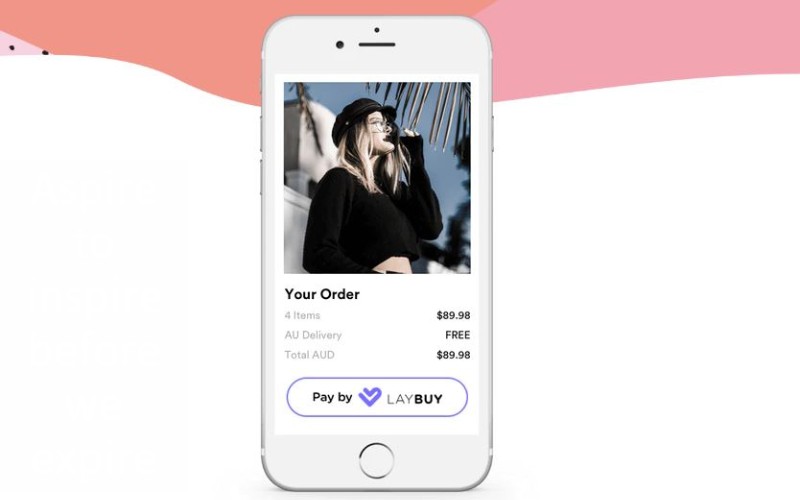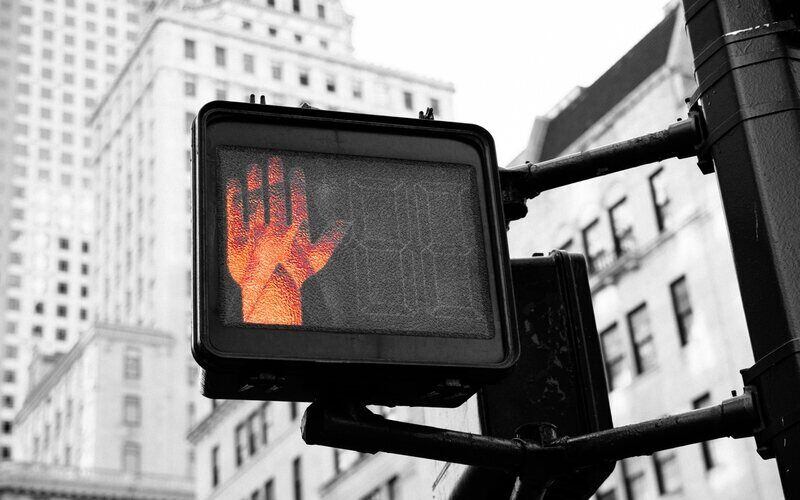For years, credit card debt has been a problem for many Australians. Back in 2017, an ASIC report found almost two in five people had long-term credit card debt and had it since at least 2013. It’s very easy to fill up on credit card debt and even harder to pay off.
A similar ASIC report in 2018 found at least one in three people who use a balance transfer end up with at least 10% more debt after transferring a balance. Using ASIC’s credit card interest calculator, a $5,000 credit card balance on an 18% p.a. interest rate would cost you $17,181 over 33 years if you were just making the minimum repayments.
But remarkably, more than a fifth of Australia’s credit card debt has been wiped out in just a few months. During the coronavirus pandemic, credit card debt has plummeted to levels not seen since 2005.
It appears that COVID-19 has provided a unique opportunity for many Australians to pay off their debts while stuck inside, but how can you keep the debt down when the temptation to spend ramps up after the pandemic? Savings.com.au asked a few experts, and also heard the story of how one young Australian managed to eliminate their $12,000 debt.
Need somewhere to store cash and earn interest? The table below features savings accounts with some of the highest non-introductory and introductory interest rates on the market.

- Bonus variable rate for the first 4 months on balances up to $250k and high variable ongoing rates.
- No fees and no monthly requirements to earn interest.
- Easily open an account online in 3 minutes.
How much has credit card debt fallen during COVID?
Australia’s collective interest-accruing credit card debt has been falling pretty steadily for a while now. The Reserve Bank tracks a whole bunch of credit card statistics going back as far as the mid-1980s. Credit card debt peaked at more than $37.1 billion in 2012, worth around $2,650 per person. In August 2019, that number hit the $30 billion mark.
However, since the onset of COVID-19 in March (when lockdowns and restrictions first began in Australia), debt has plummeted remarkably fast. From debt of over $28.5 billion in March, total credit card debt as at July 2020 is $22.47 billion. That’s more than a 20% decline in credit card debt in just four months, quite a remarkable feat. From that peak in 2012, it’s a fall of more than 60%.
So why the sudden fall in credit card debt during COVID-19?
Why has credit card debt fallen over COVID?
There are a number of possible reasons why credit card debt has fallen so much amid the pandemic:
-
There’s less opportunity to spend with physical cards during restrictions, especially in Victoria which at the moment is under heavy lockdown
-
People are being more frugal generally, as household savings levels hit a record high during coronavirus
-
People are switching off from credit cards in general, as interest rates stay at near-20% p.a. levels despite rates on other products falling below 2% p.a.
-
People are using debit cards more and credit cards less when making purchases, with RBA data showing a 7.7% increase in the number of debit card transactions during COVID-19 compared to a 5% fall for credit cards
-
People are also switching to buy now, pay later products like Afterpay, Zip or humm in record numbers
-
The introduction of the government’s early access to super scheme allowed many people to withdraw some of their retirement savings to pay off debts, including credit cards.
“Over the last 20 years, Australians have been sliding deeper and deeper into a black hole of unsecured consumer debt. It has been a worrying trend, but one the banks have been happy to let us embrace,” Founder of the Spending Planners Institute David Wright told Savings.com.au.
“But, you've probably heard it said many times, that every cloud has a silver lining. In the case of COVID-19, the silver lining has been that people have had a wake-up call as to why it pays to put money aside for a rainy day and why carrying debt is not a great strategy.”
“With Aussies now on average carrying 20% less consumer debt it is clear that the COVID-19 silver lining is the reality that financial restraint has returned.”
Samuel Philipos, Managing Director of Benevolence Financial Group, says that for many people, being locked down at home has made it harder for people to use their credit cards.
“But the pandemic won’t go on forever, and it’s likely we’ll see an uptick in credit card spending as restrictions ease,” he said.
To help you ensure your credit card debt doesn’t spiral back upwards again (a ‘second-wave’ of credit card debt if you will), consider the tips from these personal savings experts:
-
David Wright, Founder of the Spending Planners Institute
-
Samuel Philipos, Managing Director of Benevolence Financial Group
-
Natasha Janssens, founder of Women With Cents
David’s tips
With many of us foregoing the weekly trip to the shops, and instead electing to deliver groceries, Mr Wright says you should stop the retail therapy habit returning by replacing these trips with something new.
“Recognising that the best things in life are free, schedule family fun events on the weekend and other times when you previously would have been shopping,” he said.
“Throwing a ball in the park, walking the dog, swimming in the local swimming hole; these are all perfect examples of life-enriching activities that could replace shopping trips at no cost, or low cost.”
Other tips recommended by Mr Wright include:
-
Do not fall into a false sense of security after paying off all debts
-
Freeze your Credit Cards in a glass of water or cut them up, taking away the need for self-discipline
-
Automate your debt reduction payments so they happen on payday without you having to even lift a finger
-
Decide what your big reward will be for totally smashing your entire debt, and then choose smaller, but still exciting rewards you will give yourself for every milestone you reach
-
Put a photo of your next reward on your refrigerator door so you see it every time you are in the kitchen;
“These are simple tips, but they will help you to keep the momentum created by COVID-19 in 2020.”
Samuel’s tips
“Keeping your debts down isn’t as easy as many people make it seem,” Mr Philipos said.
“If it was, everybody would do it. It does take some care and practice to get good at these things. But once you see the rewards, it’s difficult not to turn them into a habit.”
Shop around when buying, and use the right apps
According to Mr Philipos, the first price you see is rarely the best one, so you should shop around for both products as well as services.
“Periodically checking and comparing different products such as credit cards will save you money in the long run,” he said.
“Useful apps include EatClub, which gives discounts on restaurants; NSW FuelCheck, which shows where to fill up with the cheapest petrol; and Cashrewards, which gives you periodic vouchers after spending money.”
[See also: 10 popular mobile apps for budgeting and saving]
Make and stick to a budget!
While it might seem fairly self-explanatory, sticking to a pre-made budget can stop you from blowing out credit card debt post-COVID.
“On average, how much do you spend each month? It’s surprising the number of Australians that can’t answer this question. Making a budget can help you understand how much money is coming in and how much is going out,” he said.
“Beyond that, it helps us to identify areas that we can save, for example, something as simple as replacing the daily cafè sandwich with one made at home.”
[Read: Savings.com.au’s ultimate guide to budgeting and saving]
Natasha’s tips
First and foremost, Ms Janssens says you need to identify the source of the personal debt problem and understand the cause of any spending problems.
“Having spent years observing my own spending habits, as well as those of the women I’ve worked with, I’ve discovered that overspending usually boils down to one of three things,” she said.
-
“Lack of organisation – forgetting to pay bills on time and incurring late fees, not meal planning and overspending on takeaway, running late and incurring speeding fines, etc.
-
“Habits – these are things we do on autopilot like buying coffee on the way to work or catching up with friends for brunch
-
“Emotions - Good old retail therapy. We tend to spend whenever we feel bored, depressed, stressed.
“A simple activity to help you identify the biggest cause of overspending is to journal your incidental expenses for a week and group them into 3 columns – Habit, Disorganisation or Emotional spending.”
Other strategies recommended by Ms Janssens include:
Reducing unnecessary bills
“If it’s been a year or longer since you have shopped around on your bills it's time to jump online and review your energy bills, phone and internet plans and insurances.
“If you rent – consider moving somewhere cheaper or discussing a discount with your landlord.”
See also: How to properly negotiate a rent reduction with your landlord
Practice saving first
“If you find yourself in a cycle of paying off the credit card and racking it up again, try a new approach. Keep up the minimum repayments on your card and put the remaining cash into a saving account instead, and leave the credit card at home.
“The idea here is to shift your habit around debt into a habit of saving.”
[Read: Do you even need a credit card?]
Use balance transfers for future debts
“Consider balance transfer cards or debt consolidation to make it easier to pay off the debt without having to dip back into the credit card to cover your living expenses.”
You can read more about balance transfers here, and you can also discover some credit cards offering a 0% balance transfer rate.
Get rid of the non-essentials
“Sell what you don’t need and cancel all non-essential items – like the trial service you subscribed to and never used but forgot to cancel.
“Do you really need 3 streaming services? Probably not.”
[Read: Australians wasting nearly $4 billion on unused subscription services]
How a regular Australian paid off $12,000 in debt during COVID
While some of these pieces of advice might seem easy in theory, the numbers don’t lie: Australians have paid down their credit card debt in droves over the COVID period.
Here’s one example of Sydney woman Emily-Kate, who managed to pay off $12,000 worth of credit card and personal loan debt over COVID by using a variety of techniques, like consolidating her debts into a single loan and using the credit debt roundup service offered by Wisr.
[Read: Ways to consolidate your credit card debts]
Emily-Kate was a full-time student in Sydney with a variable income as a casual worker. She managed to max out her credit card, and took out a personal loan to help her pay off that debt. However, she didn’t close the credit card account, meaning the debts kept building and before long she found herself in $12,000 worth of debt. She also had to pay double rent after her flatmates moved out, and only had $200 per fortnight to live off.
During COVID, Emily-Kate decided to use the digital round-up tool Wisr, which allocates spare change to credit card debt. According to her, the app worked her debt down in the background and within a month she stopped having to think about her credit card repayments.
When her credit card debt got low enough, she applied for a Wisr debt-consolidation loan, which carries an interest rate at the time of writing of as low as 7.95% p.a. (comparison rate of 8.78% p.a.*), a lower rate than most credit card interest rates.

Emily-Kate managed to pay off her debts over COVID. Source: Wisr.
By progressively paying off debts through roundups and getting it low enough to use a debt consolidation loan, Emily-Kate was able to fully pay off her credit and personal loan debt. Since then, she’s started a budget and reviews all of her expenses no matter how small, to avoid going into debt in the future.
Emily-Kate’s advice to others: Don’t be ashamed of your debt position, be honest with yourself and ask for help because the reward of being financial stress-free is life-changing.
Savings.com.au’s two cents
With so many people cutting back on spending, and opportunities to spend being more limited, COVID-19 might actually represent a golden opportunity for Australians to end their love affair with their credit cards, no matter how much they might tell you they’ve changed.
If you’ve already cut down your credit card debt and contributed to that nationwide 20% fall - great! Make sure it stays that way, by following some of the expert tips provided above, like:
-
Freeze or cut up your credit cards, and close the accounts
-
Automate future debt reduction payments
-
Create a budget and stop spending beyond your means
-
Find other ways to find satisfaction beyond spending
-
Find ways to reward yourself for good behaviour
-
Shop around and compare different options for both products (like clothes and food) but especially services (like home loans, electricity bills, car insurance etc.)
-
And cut out unnecessary spending such as subscription services you don’t need anymore
If you’re still struggling with debt, try some of the other methods suggested like debt consolidation, 0% balance transfers or speaking to your bank about any financial hardship options they provide. You can also phone the National Debt Helpline on 1800 007 007 to get help.




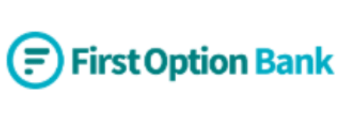



 Harrison Astbury
Harrison Astbury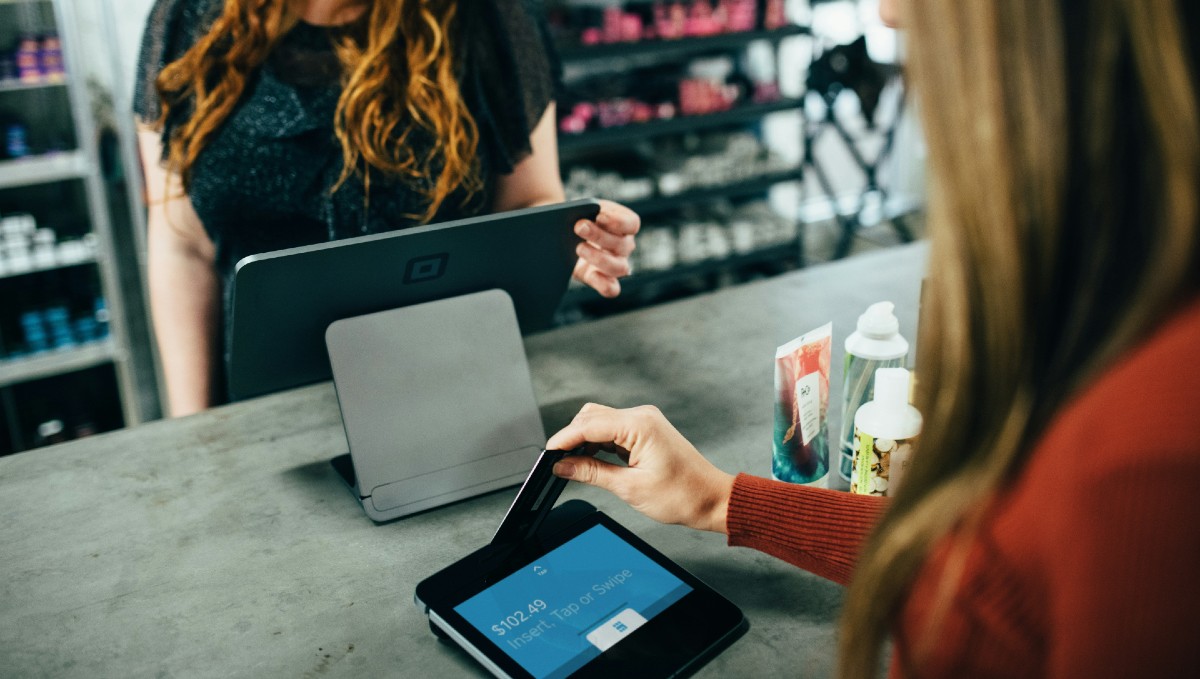
 Denise Raward
Denise Raward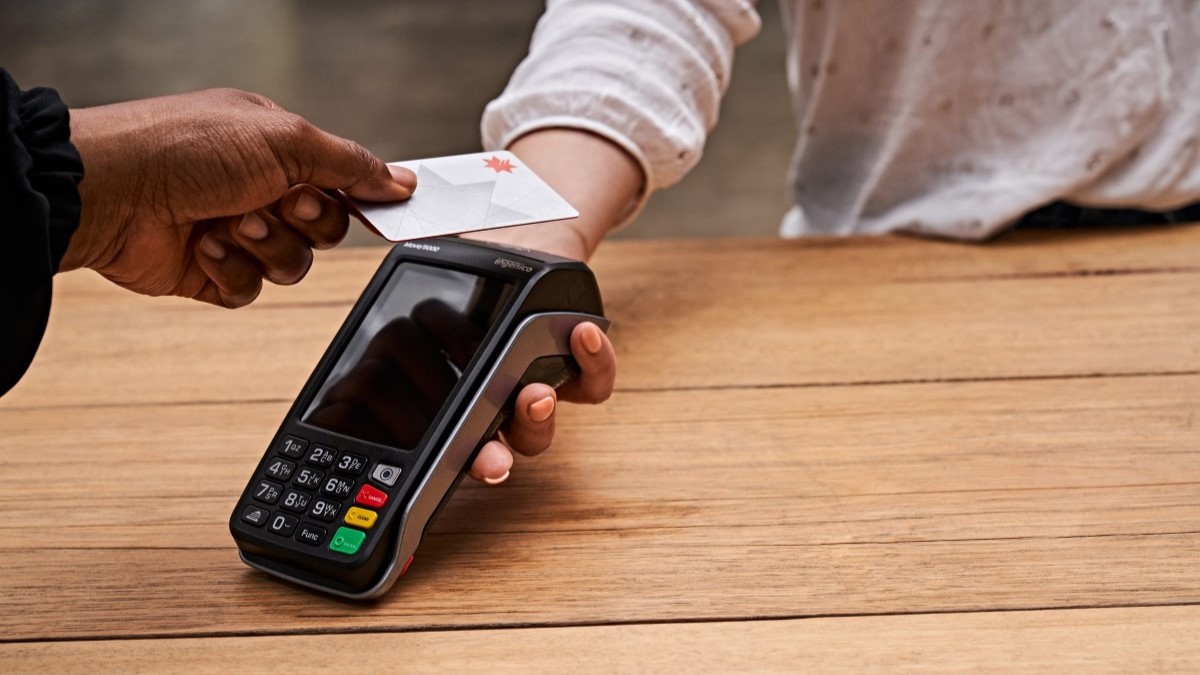
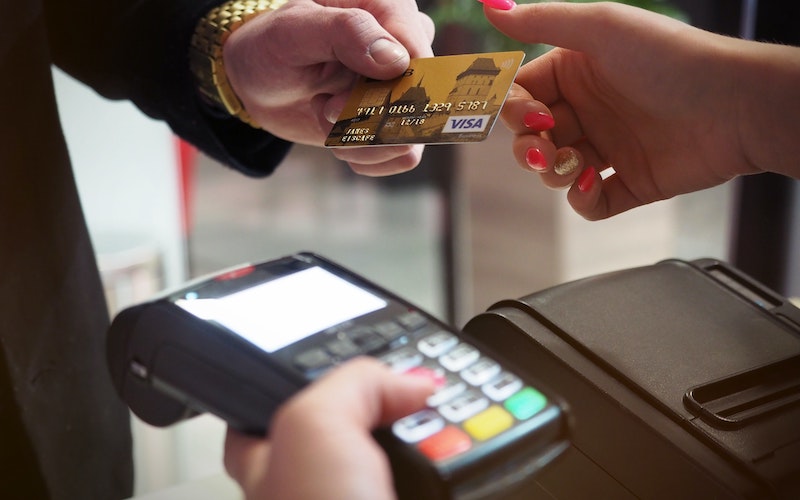

 Alex Brewster
Alex Brewster